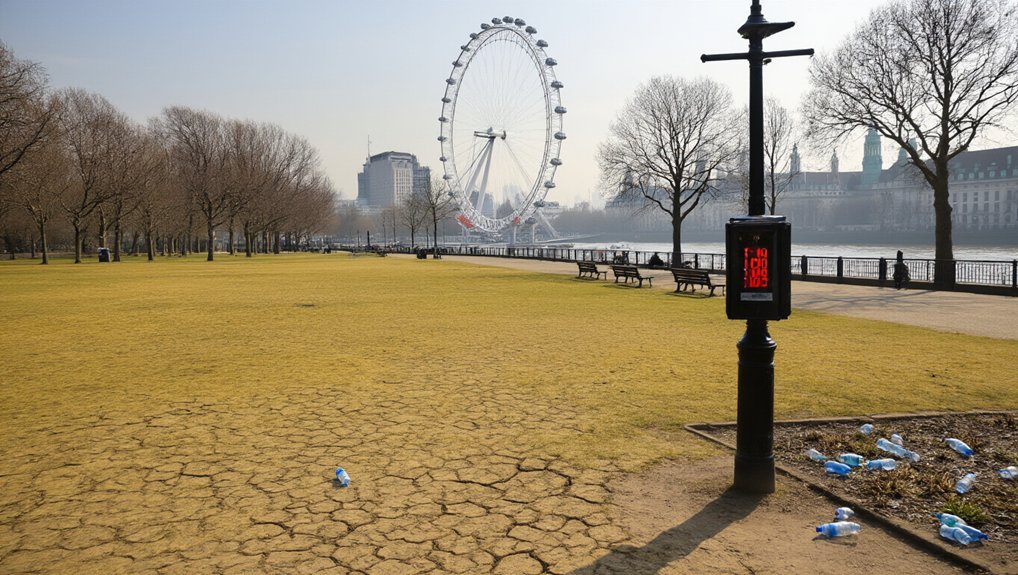While Americans prepare for summer vacations and backyard barbecues, a critical hurricane forecasting tool is about to vanish. The U.S. Department of Defense announced on June 26, 2025, that they’re halting the transmission of key satellite data used for hurricane forecasts. Great timing, right?
NOAA followed up with formal notice that real-time microwave data from three jointly operated weather satellites will be discontinued. Initially set for June 30, they’ve graciously pushed it back to July 31. How generous – right as hurricane season ramps up.
The Special Sensor Microwave Imager Sounder (SSMIS) isn’t just some fancy tech with a complicated name. It provides three-dimensional storm structure insights that conventional satellites simply can’t match. Without it, forecasters lose their ability to see inside hurricanes forming over open water. That’s kind of important.
Only about one-third of Atlantic hurricane forecasts get aircraft reconnaissance. In the Pacific? Almost none. So yeah, this satellite data matters. A lot.
The shutdown blindsided everyone, including officials at the National Hurricane Center. NOAA claims it’s addressing “significant cybersecurity risks.” Whatever that means.
The timing couldn’t be worse. Peak hurricane season hits from mid-August to mid-October. The Defense Meteorological Satellite Programs offers unique storm dynamics and nighttime visibility that’s crucial for accurate forecasts. Tens of millions of people living along coastlines will now face increased risk from less accurate forecasts. “Sunrise surprises” – storms that rapidly intensify overnight without detection – will become more common. Sleep tight, Florida!
NOAA insists other data sources will pick up the slack. Meteorologists disagree. Vehemently. The loss of SSMIS means halving the availability of microwave instruments for forecasts, significantly increasing the chance of missing critical storm developments.
The Department of Defense initiated the data halt, while NOAA issued the notices. Neither has provided much clarification beyond formal announcements. Apparently, the public doesn’t deserve details about why their hurricane warnings might suddenly become less reliable.
References
- https://michaelrlowry.substack.com/p/critical-hurricane-forecast-tool
- https://phys.org/news/2025-06-noaa-delays-cutoff-key-satellite.html
- https://tradeonlytoday.com/industry-news/critical-hurricane-forecasting-data-shut-down/
- https://downloads.regulations.gov/EPA-HQ-OAR-2022-0985-4017/content.pdf
- https://halifax.citynews.ca/2025/06/30/noaa-delays-the-cutoff-of-key-satellite-data-for-hurricane-forecasting/








